The Battle Against Invasive Insects: Strategies for Large and Small-Scale Management in Agriculture

Invasive insects have long been a major problem in agriculture, causing significant damage to crops and threatening food security. Many invasive insects were introduced to new environments accidentally, often through international trade, and have no natural predators in their new habitat. In this article, we will explore the history of invasive insects in agriculture and what can be done to fight them on a large and small scale.
The introduction of invasive insects to new environments can have devastating effects on agriculture. For example, the boll weevil was introduced to the United States in the late 1800s and quickly became a major pest for cotton farmers. The loss of cotton crops due to boll weevil damage cost millions of dollars in lost revenue for farmers. Another example is the Asian citrus psyllid, which was introduced to Florida in the 1990s and has caused significant damage to citrus crops in the state.
One of the most effective ways to fight invasive insects is through integrated pest management (IPM). IPM involves using a combination of strategies to manage pests, including cultural, physical, and biological controls. Cultural controls involve practices such as crop rotation and sanitation to reduce pest populations. Physical controls include the use of traps and barriers to prevent pests from reaching crops. Biological controls involve the use of natural enemies, such as predators and parasites, to control pest populations.
On a large scale, government agencies and research institutions work to identify and control invasive insects. These efforts can involve quarantine measures to prevent the introduction of new invasive species, as well as research into new control methods. For example, the USDA's Animal and Plant Health Inspection Service (APHIS) operates a program to monitor and control invasive species in the United States.
On a small scale, backyard gardeners can also take steps to control invasive insects. By practicing good garden hygiene and using IPM strategies, such as using companion planting to attract beneficial insects, gardeners can help prevent the spread of invasive species. Additionally, by using organic gardening practices, gardeners can reduce their reliance on chemical pesticides, which can harm beneficial insects and contribute to the development of pesticide-resistant pests.
Here are some common invasive insects and the damage they cause:
1. Emerald ash borer - kills ash trees by burrowing into the bark and disrupting nutrient flow
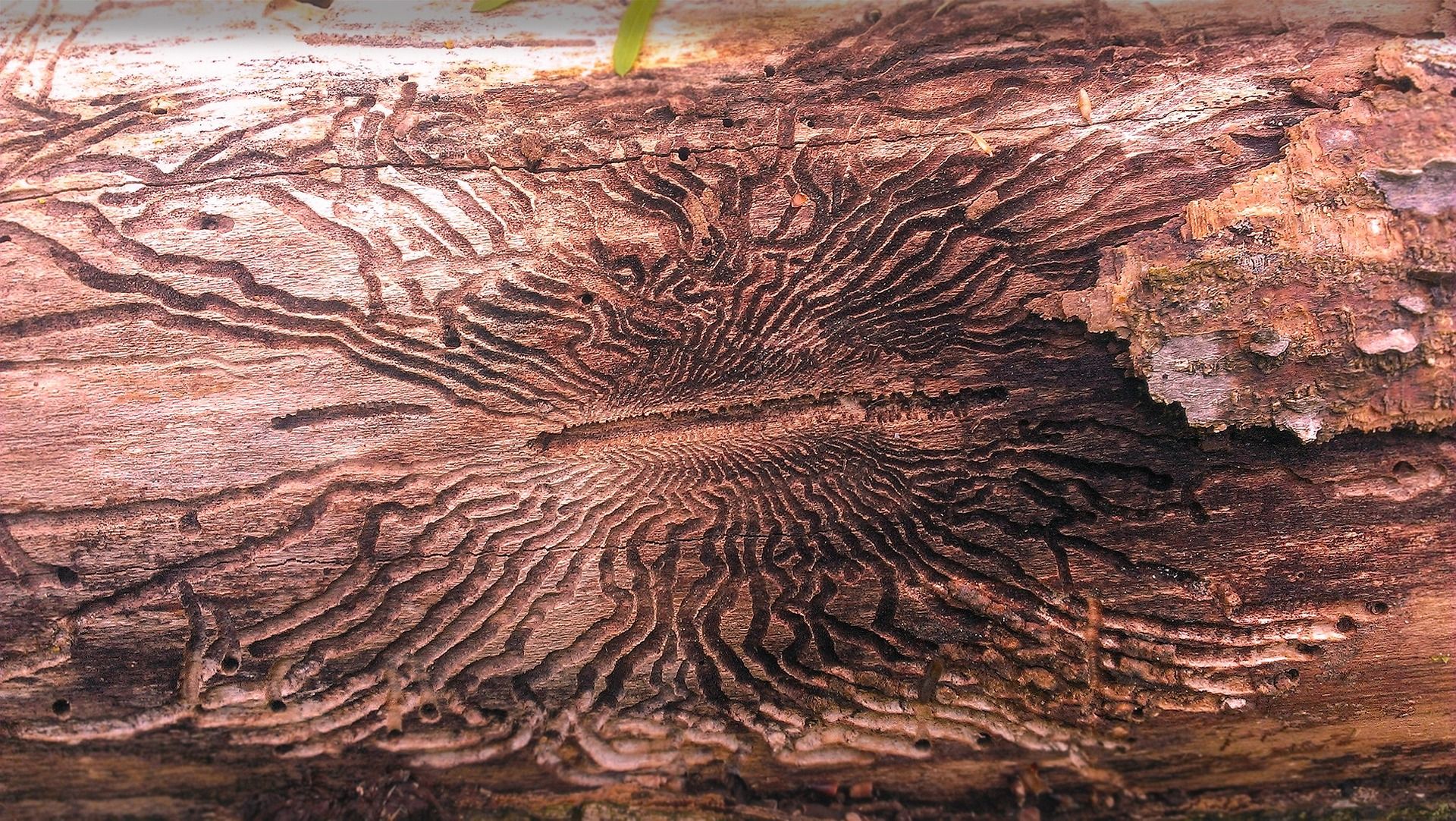
2. Spotted lanternfly - feeds on tree sap and can cause damage to crops, fruit trees, and hardwood trees
3. Asian longhorned beetle - bores into hardwood trees and can cause significant damage
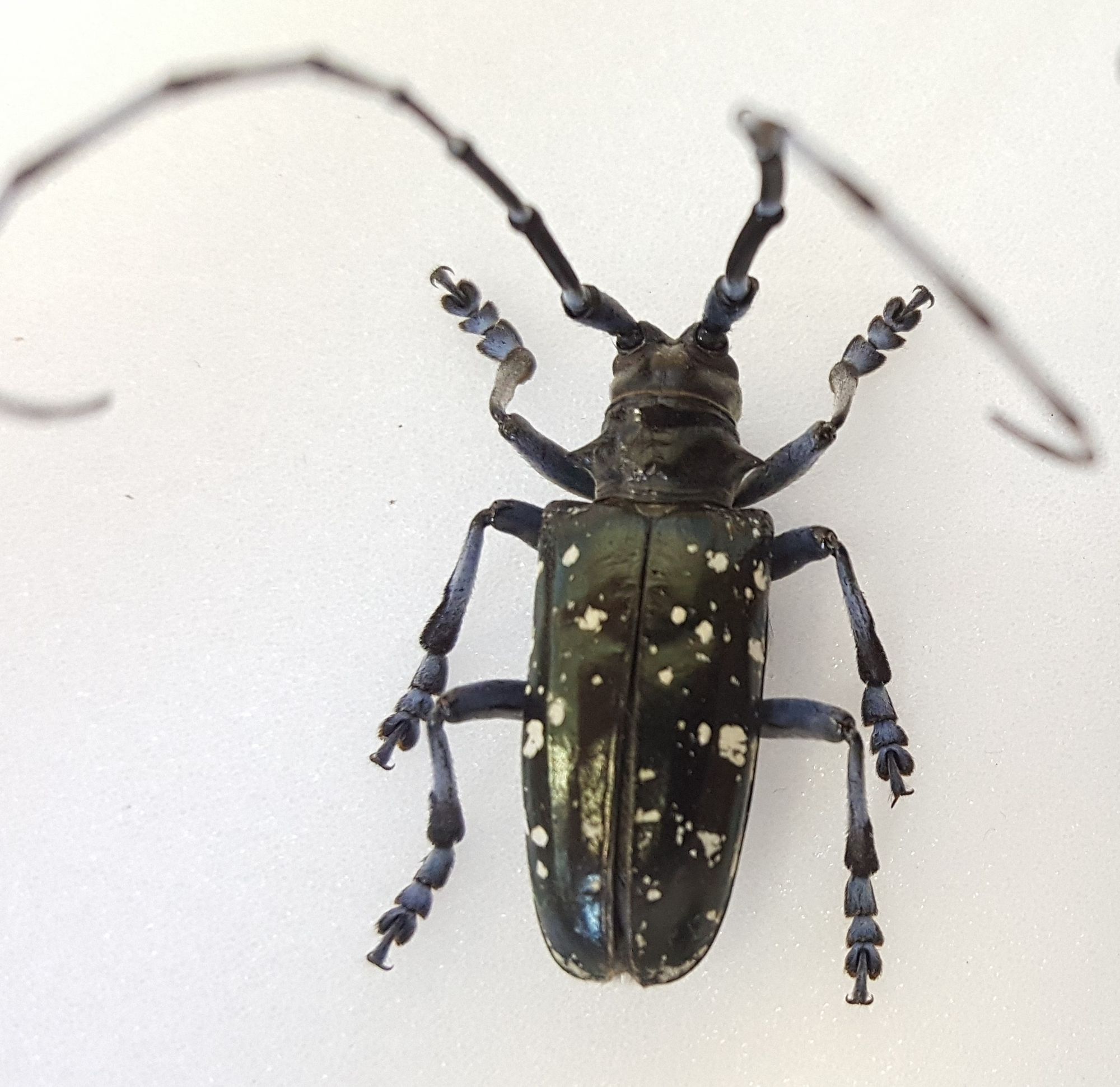
4. Brown marmorated stink bug - feeds on a variety of crops, causing cosmetic damage and reduced yields
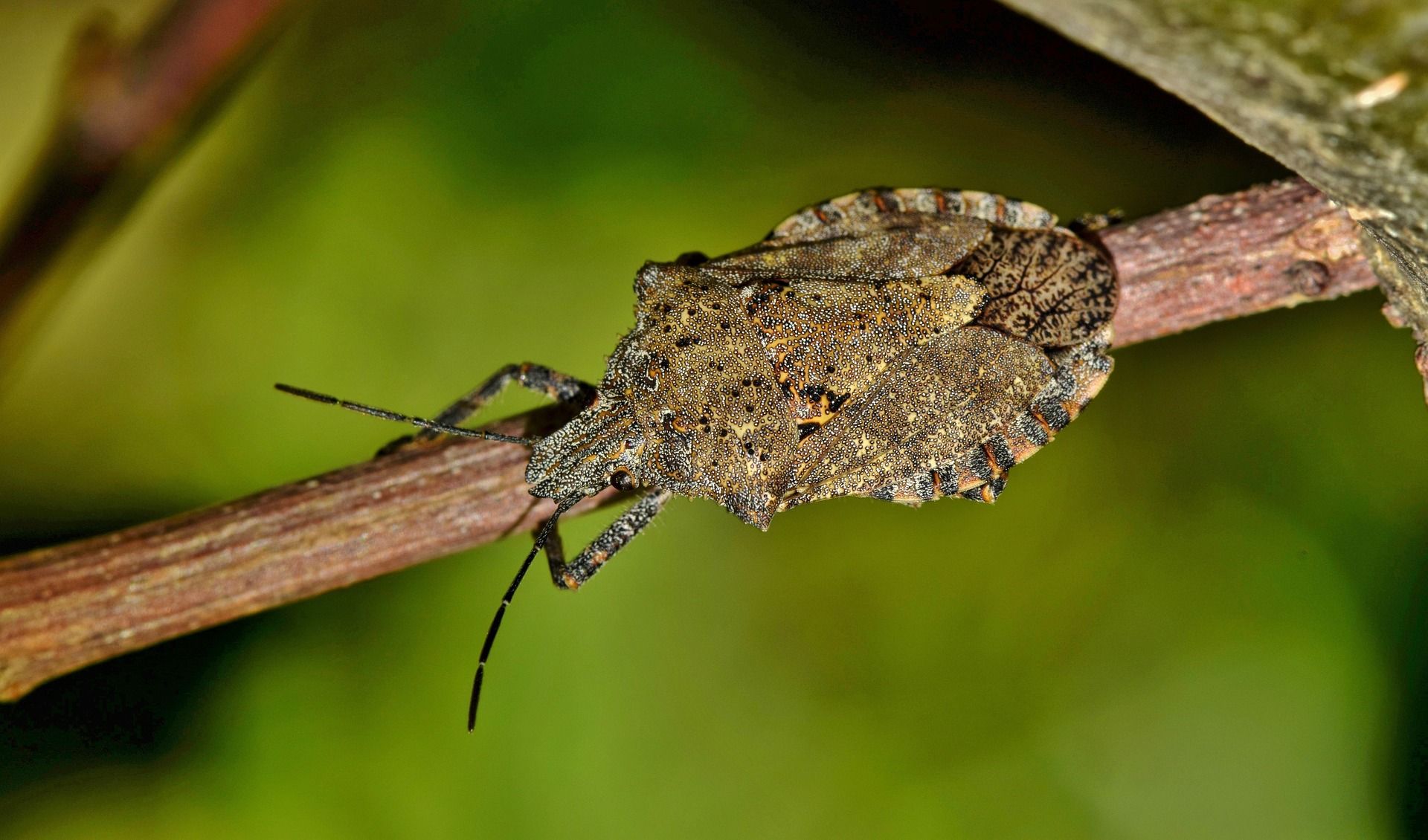
5. Gypsy moth - feeds on the leaves of hardwood trees, causing defoliation and death in severe infestations
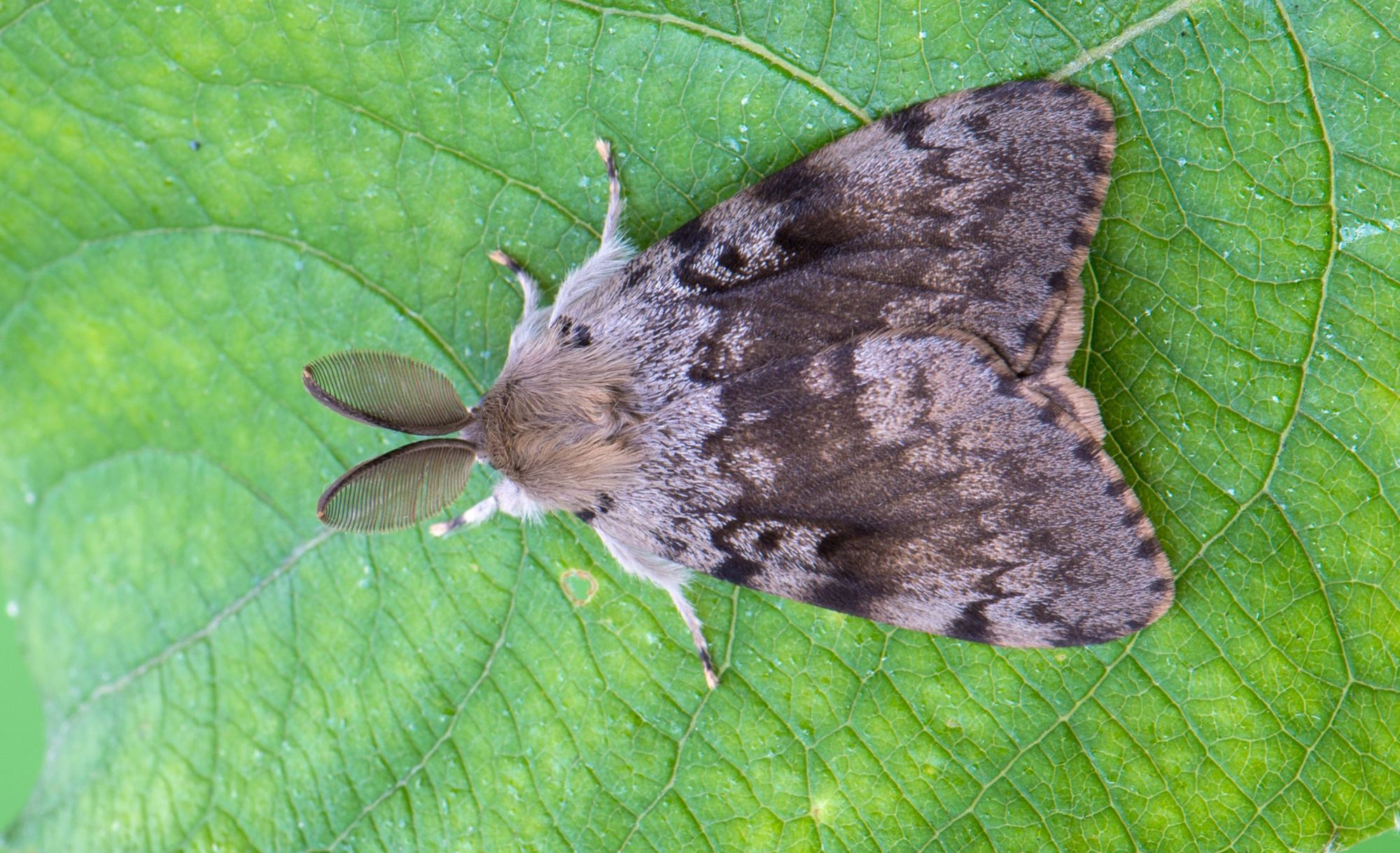
6. Japanese beetle - feeds on the leaves and flowers of many different plants, causing defoliation and reduced yields
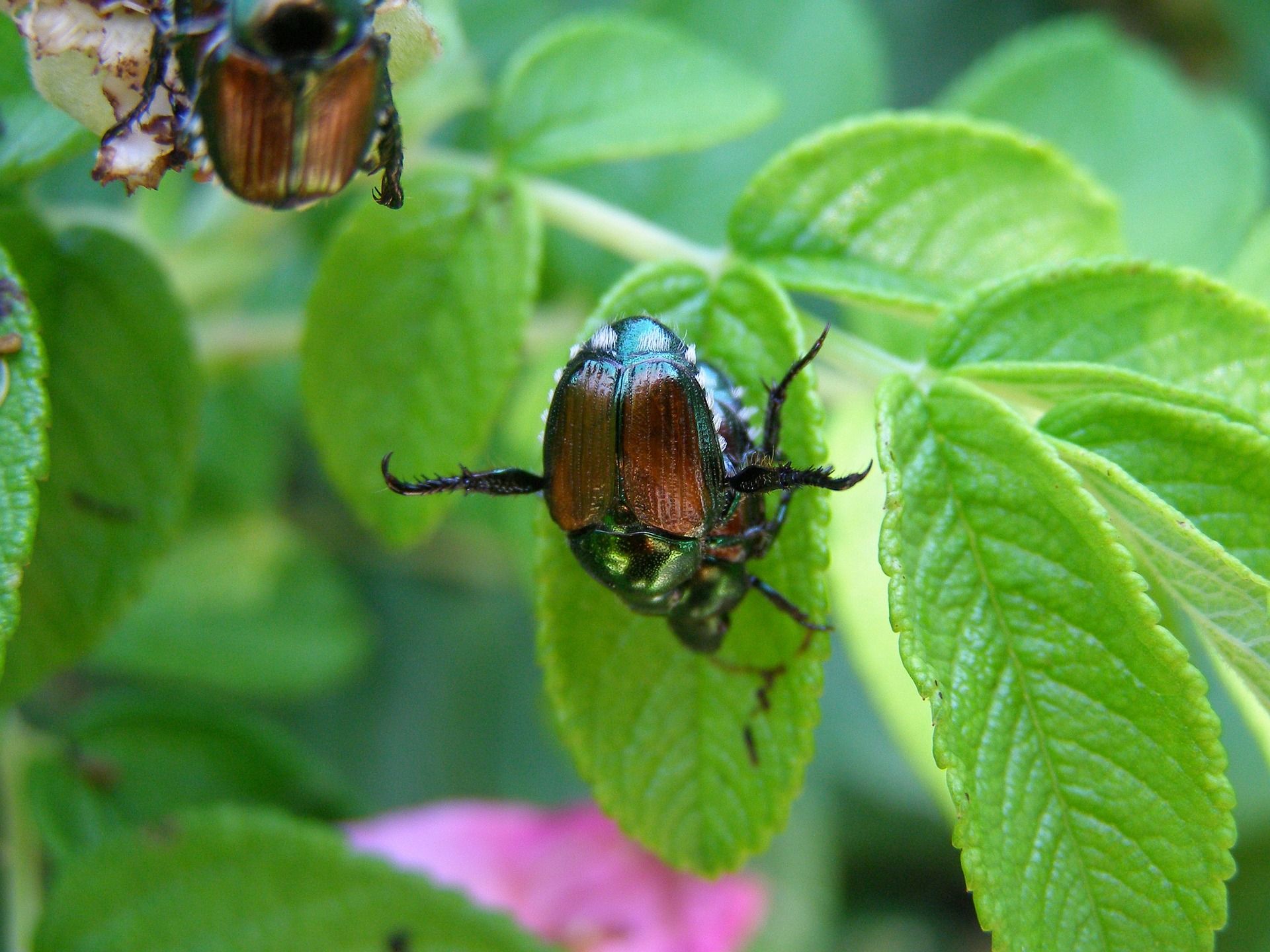
7. Kudzu bug - feeds on kudzu and soybean crops, causing reduced yields and plant damage
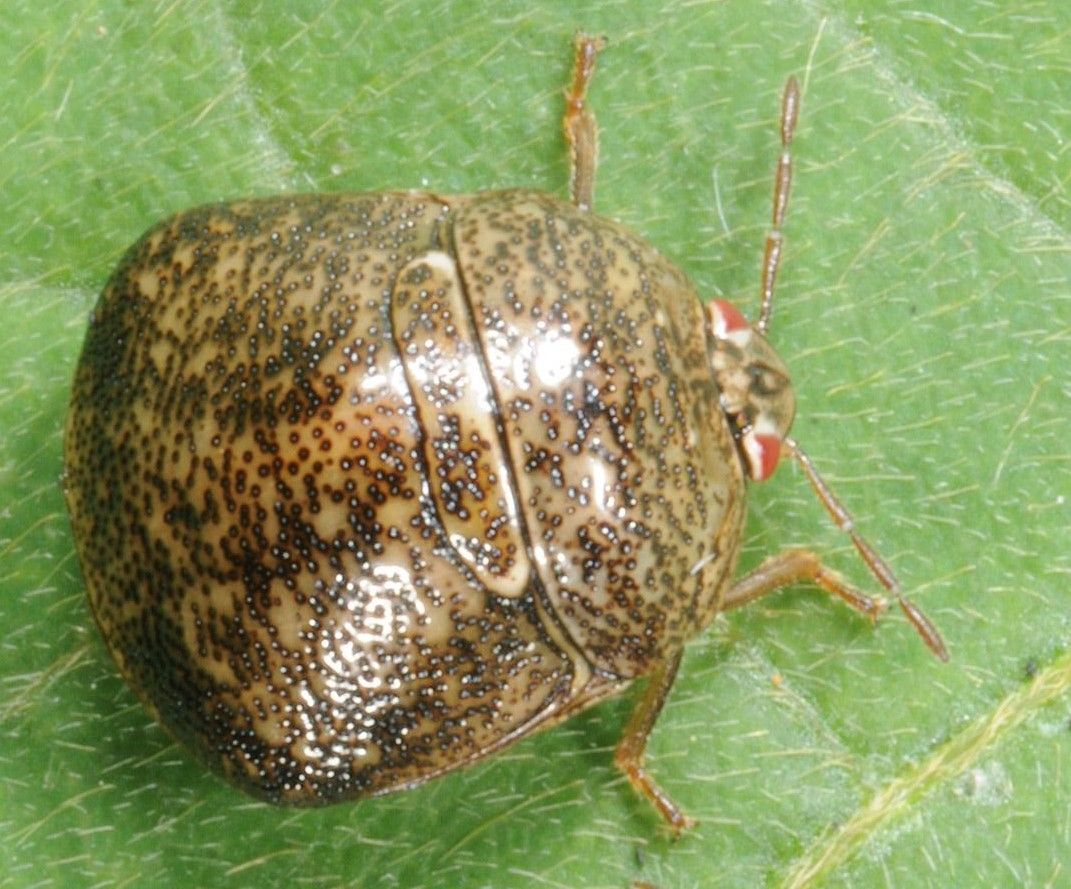
8. Spotted wing drosophila - feeds on soft-skinned fruits such as berries, causing cosmetic damage and reduced yields
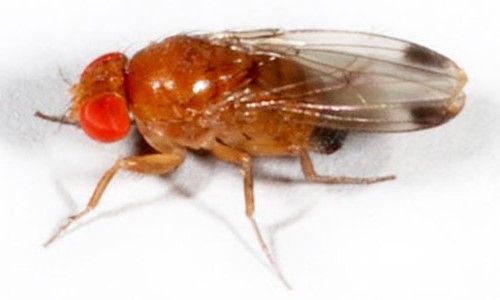
9. Fall armyworm - feeds on a wide range of crops, causing significant damage and reduced yields
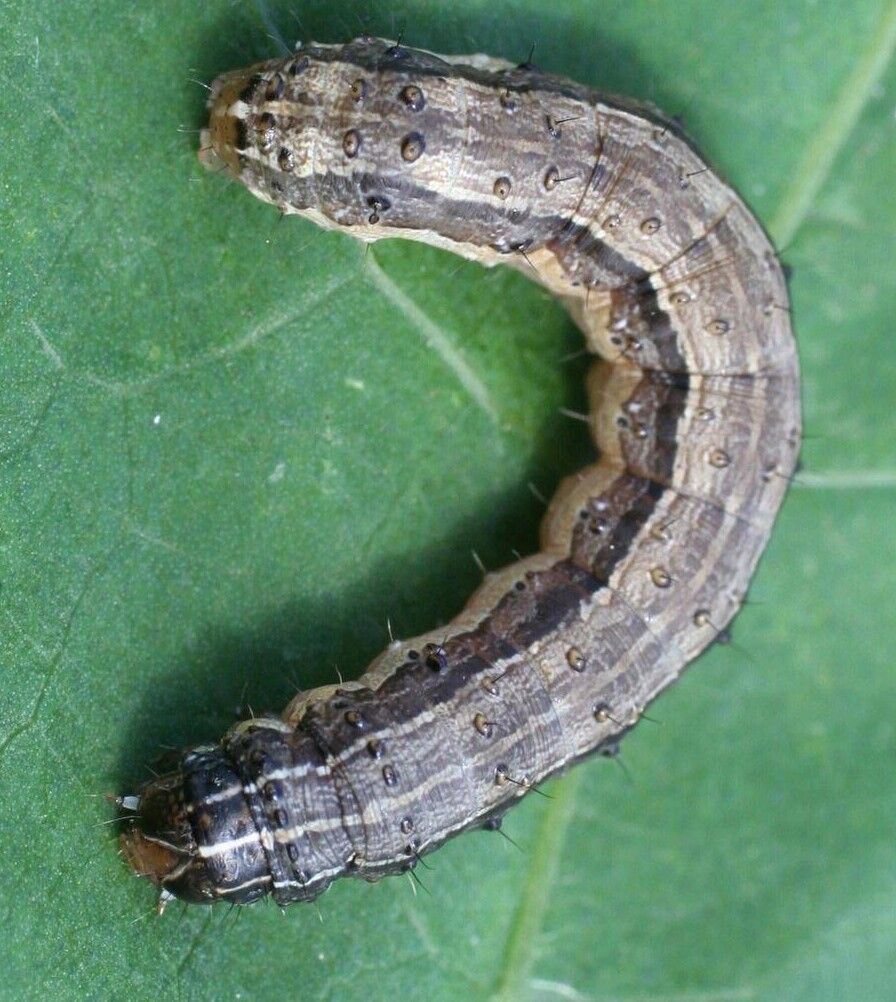
10. Mediterranean fruit fly - feeds on a variety of fruits, causing significant damage and leading to quarantine measures in some areas
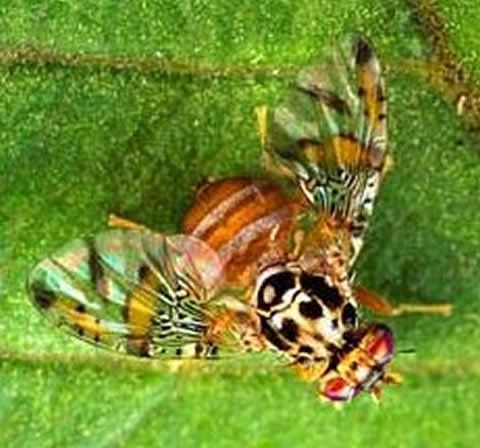
11. Mexican bean beetle - feeds on the leaves and pods of bean plants, causing significant damage and reduced yields
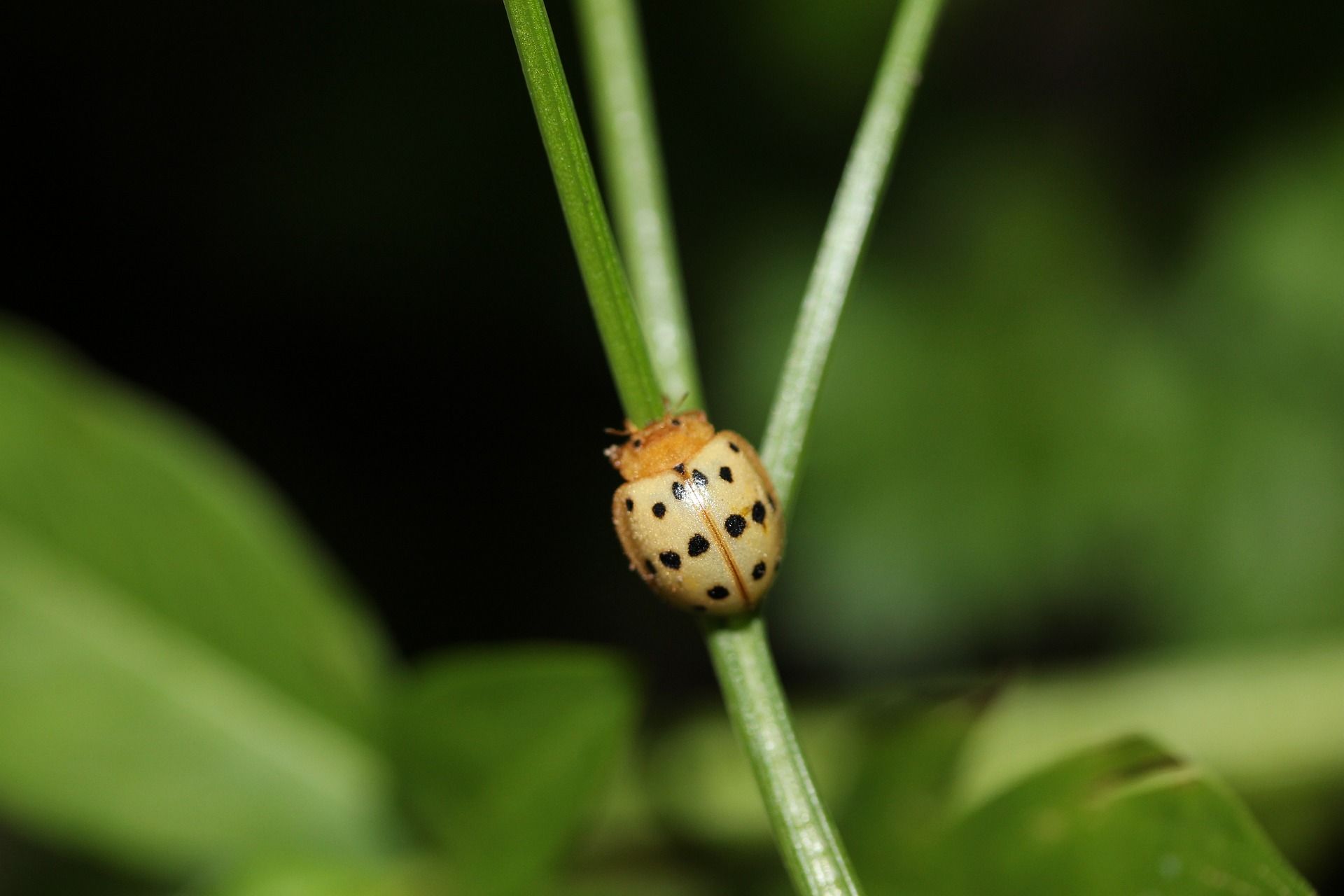
12. European corn borer - feeds on corn stalks and ears, causing significant damage and reduced yields
Invasive insects pose a significant threat to agriculture, but through a combination of large-scale and small-scale efforts, it is possible to manage their impact. By practicing good garden hygiene and using IPM strategies, backyard gardeners can play a role in preventing and controlling invasive insect populations. It's also important to support efforts to research and develop sustainable and environmentally friendly methods for managing invasive pests. With cooperation and dedication, we can help protect our agricultural systems and preserve the health of our planet.
